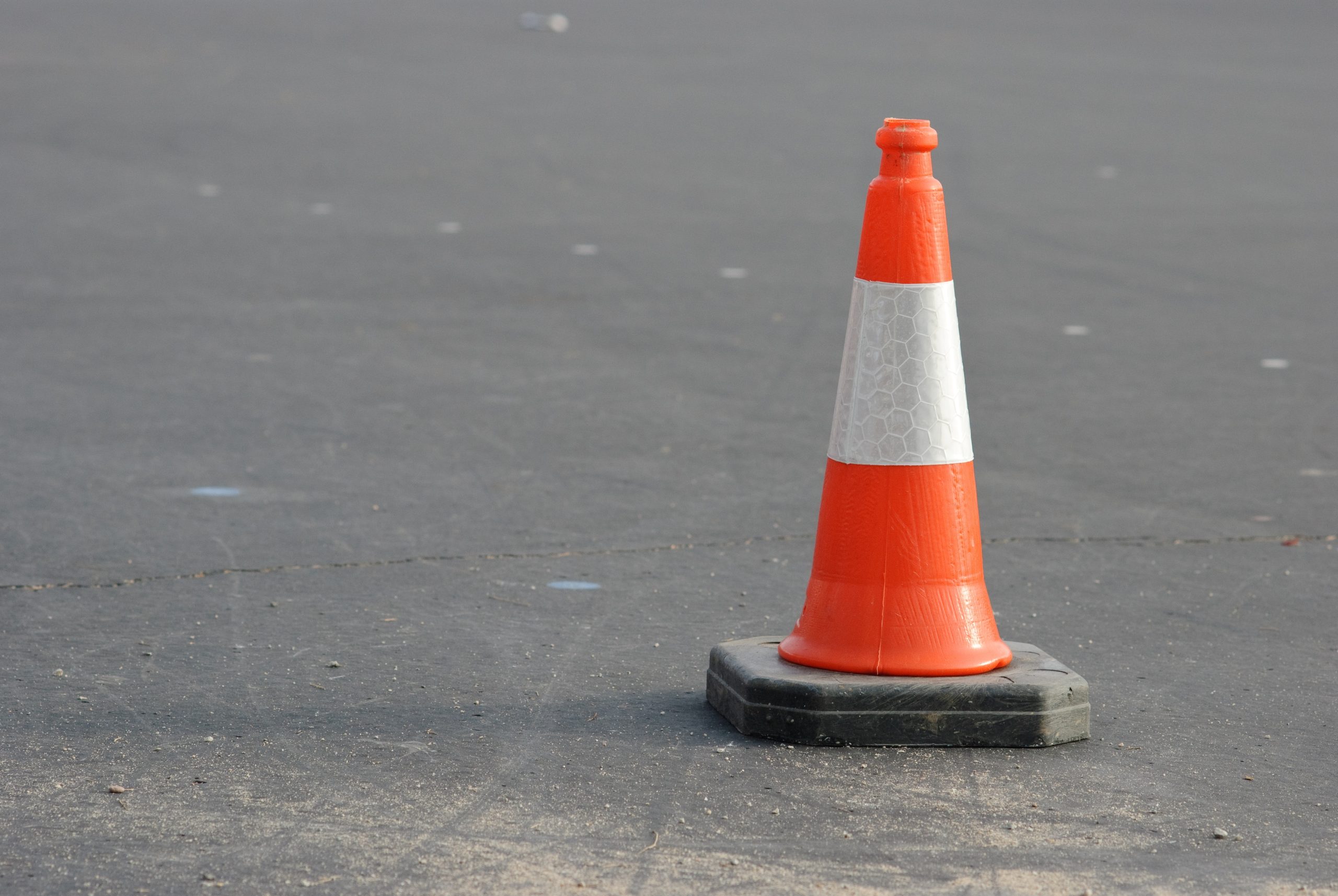 We have all seen warning cones and signs in front of a wet floor at a business. But what happens when you fall in front of the warning cone? Can the company still be held accountable for your injuries? The subsequent lawsuit, Kenner, Louisiana, shows how courts review slip and fall lawsuits on wet floors with warning signs in plain sight.
We have all seen warning cones and signs in front of a wet floor at a business. But what happens when you fall in front of the warning cone? Can the company still be held accountable for your injuries? The subsequent lawsuit, Kenner, Louisiana, shows how courts review slip and fall lawsuits on wet floors with warning signs in plain sight.
Marion Bertaut was a patron of the Golden Corral Restaurant, where she allegedly slipped in a puddle of water and sustained injuries. She filed a lawsuit against the restaurant, seeking damages for her fall and injuries.
Corral filed a motion for summary judgment, arguing Bertaut could not prove there was an unreasonable risk of harm at the restaurant. Under Louisiana law, wet or slick floors marked by warning signage are not unreasonably dangerous. La. R.S. 9:2800.6. Corral provided a surveillance video showing a yellow warning cone placed in the area, and Bertaut passed it multiple times.
Bertaut argued there were genuine issues of material fact concerning (1) whether the condition was open and obvious, (2) if Corral had a duty to warn its customers of the condition, (3) whether there was a duty to warn by placing a cone down, and (4) whether Corral’s duty to warn Bertaut was discharged. The trial court granted Corral’s motion for summary judgment, which Bertaut appealed.
Under Louisiana law, a merchant owes a duty to those on his premises to keep his establishment in a reasonably safe condition, including keeping the premises free of hazardous conditions. La. R.S. 9:2800.6. In a negligence claim, a plaintiff must prove (1) the condition presented an unreasonable risk of harm and that risk of harm was foreseeable, (2) the merchant created or had notice of the condition, and (3) the merchant failed to exercise reasonable care. A plaintiff must prove these elements, and the elements in a standard negligence claim to prevail.
In determining whether a condition is unreasonably dangerous, the courts look to four factors in the risk-utility test: (1) the utility of the complained of condition, (2) the likelihood and magnitude of harm, including the obviousness and apparentness of the condition, (3) the cost to prevent the harm, and (4) the nature of the plaintiff’s activities in terms of social utility or whether the activities were dangerous by nature. Bufkin v. Felipe’s La., LLC, 171 So.3d 851 (La. 2014).
Under the second prong, a defendant does not have a duty if the condition is obvious and apparent. The Fifth Circuit Court of Appeal reasoned the warning cone put out by Corral was enough to alert customers to a hazardous condition. The surveillance video clearly showed Bertaut walking by and looking at the cone. She walked by the spill three times before she fell, passing by the cone a total of seven times. The appeals court reasoned she was adequately alerted to the hazardous condition. Further, Bertaut could not establish that Corral failed to exercise reasonable care. The warning cone was right where Bertaut fell, and she looked at it multiple times. The appeals court found Corral’s argument more persuasive and upheld the lower court’s grant of summary judgment.
Justice Chaisson wrote about the open and obvious doctrine in a concurring opinion. Bertaut argued the hazardous condition was open and obvious, contending the doctrine refers to the openness and obviousness of the condition, not the warning. Corral responded the condition of the floor was open and obvious and did not present a harmful condition. Justice Chaisson stated the open and obvious doctrine did not apply to this case. He goes on to summarize Corral’s argument: even if Bertaut could prove there was a dangerous condition present, the cone was an adequate warning that shielded Corral from liability. Accordingly, Justice Chaisson concluded Corral was entitled to summary judgment.
This case exemplifies why proving one’s evidentiary burden is essential before filing a claim. Perhaps a warning cone should have been placed in front of Bertaut’s lawsuit. An experienced lawyer will ensure your case can withstand a summary judgment claim.
Additional Sources: MARION BERTAUT versus CORRAL GULFSOUTH, INC. AND JAMES RIVER INSURANCE COMPANY
Written by Berniard Law Firm Blog Writer: Gabriela Chilingarova
Other Berniard Law Firm Articles on Open and Obvious Conditions and Slip and Fall Lawsuits: When a Building’s Ledge is Open and Obvious, Building Owner Not Held Liable for Fall
 Insurance Dispute Lawyer Blog
Insurance Dispute Lawyer Blog

